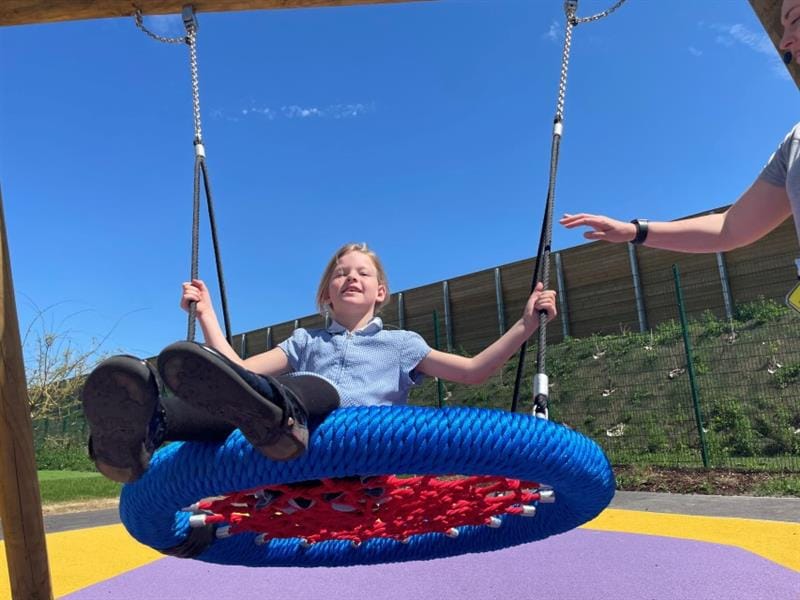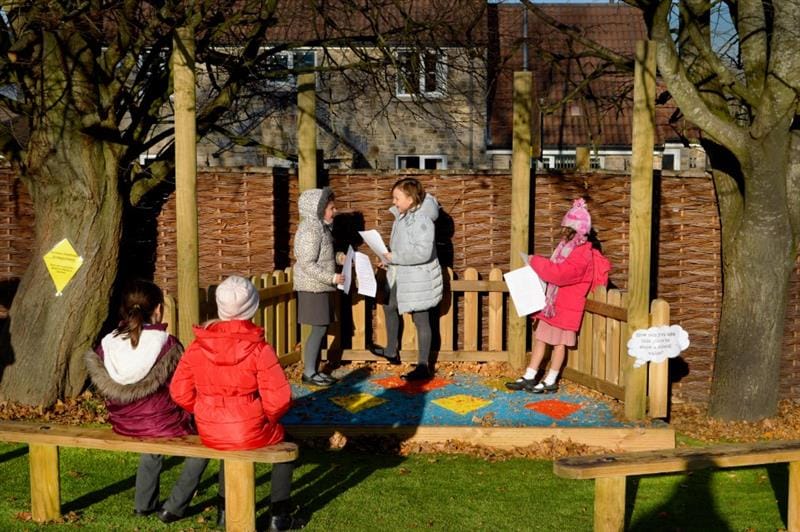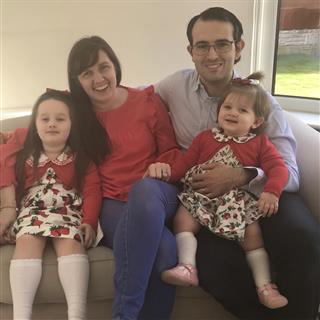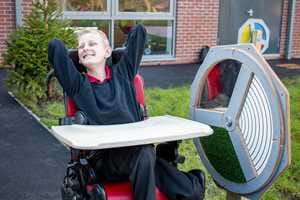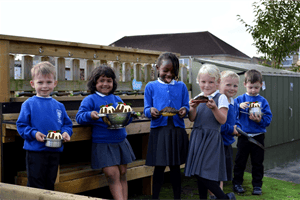
Special Educational Needs
Supporting Communication for Non-Verbal Pupils and Pupils with Autism
Being able to converse with others is something that most people take for granted. For some children there may be barriers to the achievement of this goal. Children with autism may find it difficult to initiate conversation yet we can provide plenty of opportunities for communication that are enjoyable and meaningful.
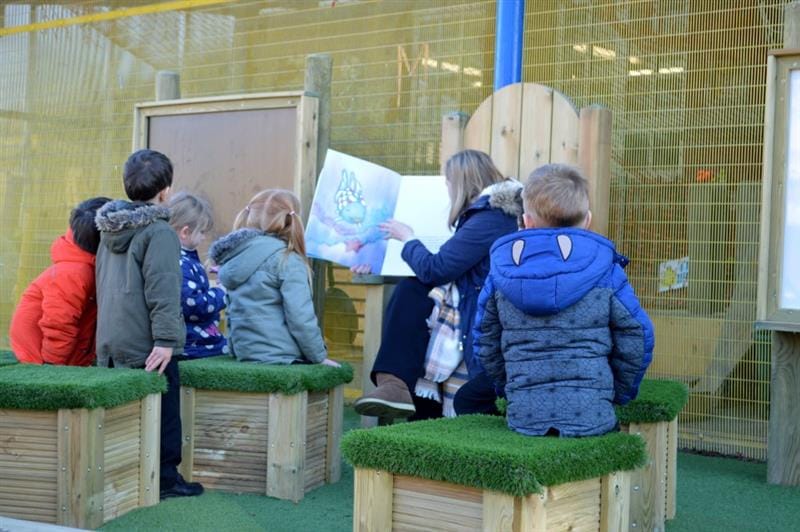
Using Short Key Words
For some non-verbal children and those with autism they may find it difficult to understand speech and verbal demands and will rely heavily on a range of contextual cues. Repetition of everyday routines helps children to understand what is happening in the classroom. Using objects, photographs and symbols for reference can help to provide visual support. For example, saying ‘playground now’ with a picture of the playground can help pupils with transitions.
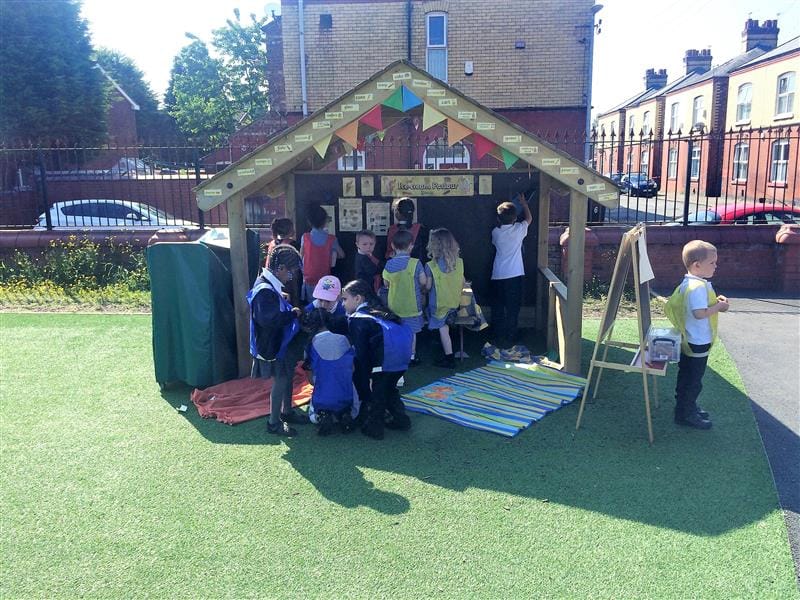
It is beneficial to use shorter phrases and key words with less verbal children such as object names, action names and everyday requests. When single or two words are used consistently pupils may understand better and communicate more.
Even when using single words, it is important to use clear, slow pronunciation, to emphasise syllables and exaggerate intonation. Gesture and pointing can be another important tool for giving information. For example, if a pupil is required to put their bag back on their hook a practitioner could point to both items in turn and once this is understood introduce the words ‘bag’ and ‘hook’. This strategy is more effective than saying ‘Could you please go and put your bag back on the hook.’
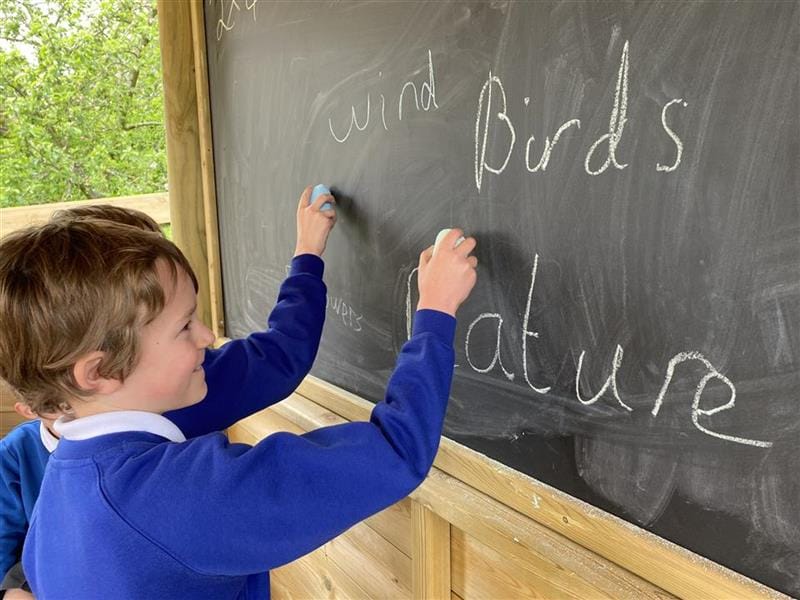
It can be difficult to use a minimal speech approach. We may question how children will learn to speak if they do not hear a wide variety of language? Yet for children with comprehension difficulties too much speech can overwhelm and confuse them which could lead to disengagement.
Playful Exchanges
A range of non-verbal techniques can be used to engage pupils. Children with autism are capable of becoming active participants when taking part in playful interaction.
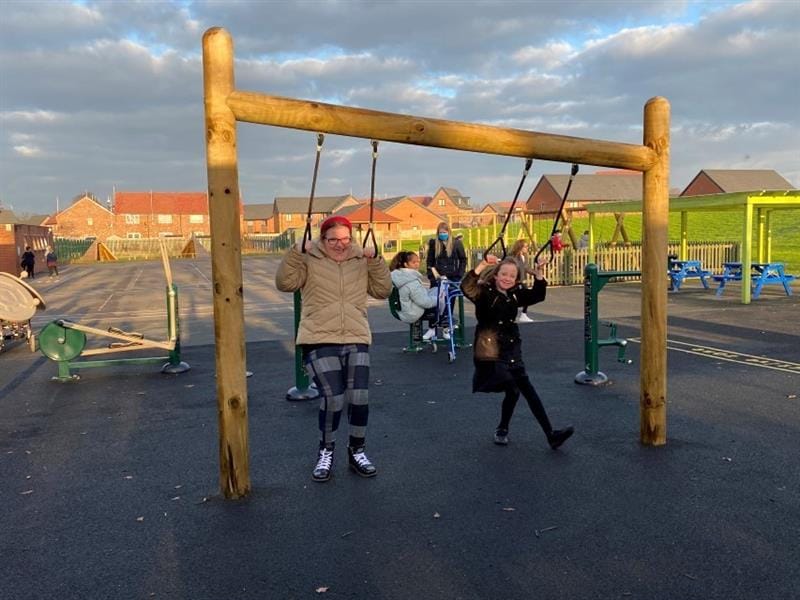
The use of rough and tumble play can help to improve turn taking and timing, eye gaze, use of gesture and joint attention. It is useful to do something a child enjoys for a short burst then pause without speaking and allow the child to communicate, perhaps by eye gaze or hand gestures that they want the action to begin again.
Taking an eye level that is just below the child’s eye level can be effective when engaging with a child with autism. Standing, sitting or crouching is less threatening for children.
Pentagon’s range of large play equipment can enhance rough and tumble play and playful exchanges. A swing, bouncing a child on a trampoline or pushing a child in a vehicle round a track before pausing to communicate can be effective for some children. A roundabout could be spun before facing the child and waiting for the communication signal to continue.
Encouraging Pupils to Communicate
It is important for children with language needs to be able to approach adults to communicate their needs and wants. Asking many questions is not helpful for children with autism as they may not fully understand the question and can rely on a verbal cue to communicate which could actually halt spontaneous communication.
Over time we aim for pupils to be able to respond to naturally occurring cues rather than adult directed prompts. For example, if they find the wrong pencil in their space or they are offered a snack they do not like. The use of a long pause can allow children to focus their attention on a situation, realise that something should be happening and try to make it happen. Pupils may begin to respond to environmental cues when a gate is not opened by a practitioner and remains closed or when a water bottle is empty.
Product Spotlight
Creating Opportunities for Communication
In order for children with communication difficulties to develop their skills they should be given frequent opportunities to do so. It is important that children feel motivated to want to communicate. Practitioners should identify a wide range of activities where children show enjoyment. Each child will be different, one child may enjoy rough and tumble play and playing in sand or water whereas another may enjoy construction and small world play or using instruments. If children have regular access to their favourite activities this will help communication development.

Communication opportunities need to be made very clear to children and distractions should be minimised. For example, if children are choosing between two pieces of equipment adults should use their body language and facial expression to suggest expectancy such as raising eyebrows or nodding head slightly.
Throughout the school day, there can be many opportunities for communication. Pupils could choose which activity to do, ask for missing equipment, or help with an action such as putting on a coat. During outdoor play children may require adult interaction to play games, at lunchtime more food/drink may be asked for, children may also request a particular rhyme or assistance with certain equipment.
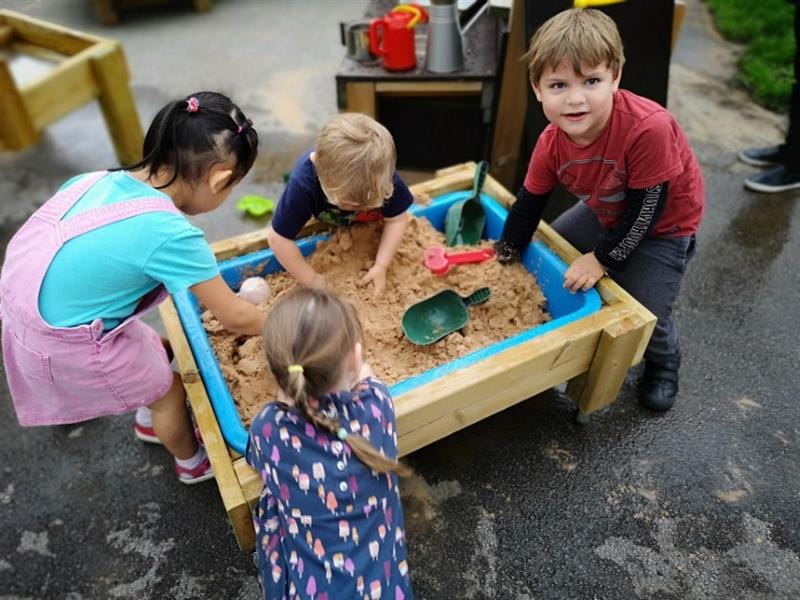
It is important for children with autism to be able to ask for help. When pupils show signs of needing help, practitioners must model ‘asking for help’ communication before children become frustrated. Pupils may have a certain action/gesture that they have learnt to use when asking for help. If a pupil needs help to zip up their coat they could be prompted to point to their coat and then an adult. Favourite pieces of equipment could be visible but out of reach in the sand/water areas to encourage spontaneous communication.
Guiding children with autism to become problem solvers is an important skill. Pupils firstly need to become familiar with the equipment and processes needed to carry out an activity through repetition. They can then choose which piece of equipment would be best for the task for example choosing between two pieces of equipment in order to successfully roll out playdough. Throughout the school day children can problem solve for example holding up two bags and allowing a child to choose which one belongs to them or choosing which piece of equipment is needed first when planting seeds a trowel or a watering can. By giving these choices children become active learners.

The ability to make choices can help to empower pupils. They may like to choose the order in which they do activities, the materials they use or the story or rhyme they have at the end of the school day. Children with autism however may always choose the same activity or the same adult to work with. When children are developing their early communication, it is important to reward their choices yet when communication abilities are established pupils will need to learn that practitioners cannot meet all requests. The use of a ‘first-then’ strategy may be useful which shows children that they can take part in their desired activity but they must complete a different task beforehand.
Communicating Through Play
Play can provide many enjoyable opportunities for children to communicate. Through play children’s special interests can be explored which can encourage communication.

Pupils can be gently encouraged to respond to gestures and eye contact when engaged in play such as clapping, pointing and reaching out arms. Practitioners can copy sounds pupils make, encouraging children to copy and take turns. A ‘Copy Box’ may be useful which contains double sets of toys based on a child’s interests such as two cups, teddies, hats, books or balls. Practitioners can wait to see what equipment a child chooses and then copy the child’s actions, playing alongside each other. This can aid social play and encourages eye contact; practitioners can also add simple language and gestures to play.
Routines can be established during play, for example toy cars could be counted each day. When a child expects this to be done, a practitioner could stop doing it which may be an effective way for some children with autism to communicate their desires.
Interaction with Others
Children with communication difficulties may find it easier to engage with other children when games are clear and there are set rules and repetition. When gathered in a ‘Seating Circle’ pupils can see what is happening next and can anticipate turn taking. Pupils can practise passing objects round the circle such as a hat, feely bag, mirror or bubbles to blow.
Balls can be passed to different pupils which helps children to learn names of their peers. Non-verbal children can learn how to become part of a group, they can observe facial expressions and learn how to make choices.
Turn taking is a useful skill to practise to develop children’s understanding of conversation. Pupils can take turns when making sounds using instruments or when making a puppet move. The use of gesture such as touching your chest when it is your turn can help to reinforce this concept.
Sharing Books Together
Sharing books together can be enjoyable for children with autism. Books can be modified to match a child’s level of understanding. Pictures can be commented on and repetitive phrases can be emphasised. When children become accustomed to a particular book, practitioners can pause before finishing the page or turning over to a new one, which may foster spontaneous communication. The use of instruments or actions at particular points in a text can help to foster communication and a love of books.
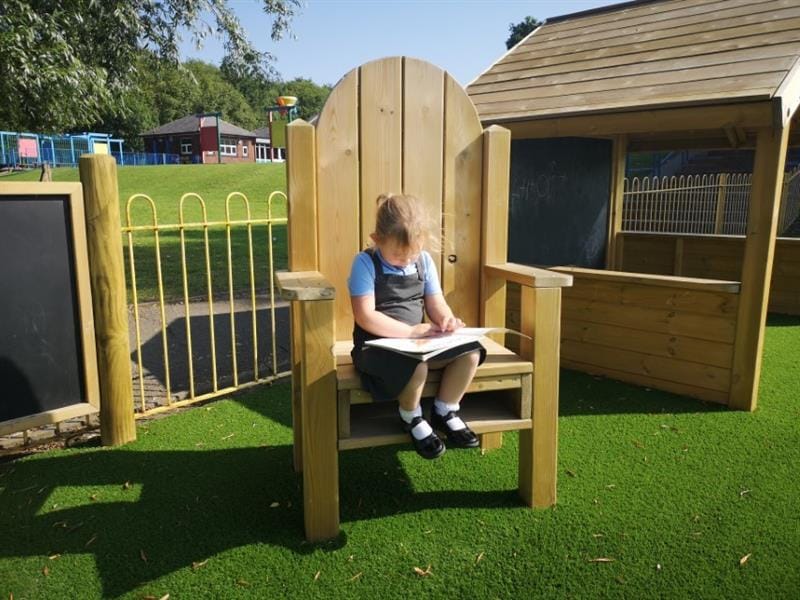
To help pupils to become effective communicators we must provide frequent, quality opportunities for communication where children learn to respond for a variety of purposes. Our aim is for children to learn to communicate spontaneously using different systems to get their messages across.

.jpg)
